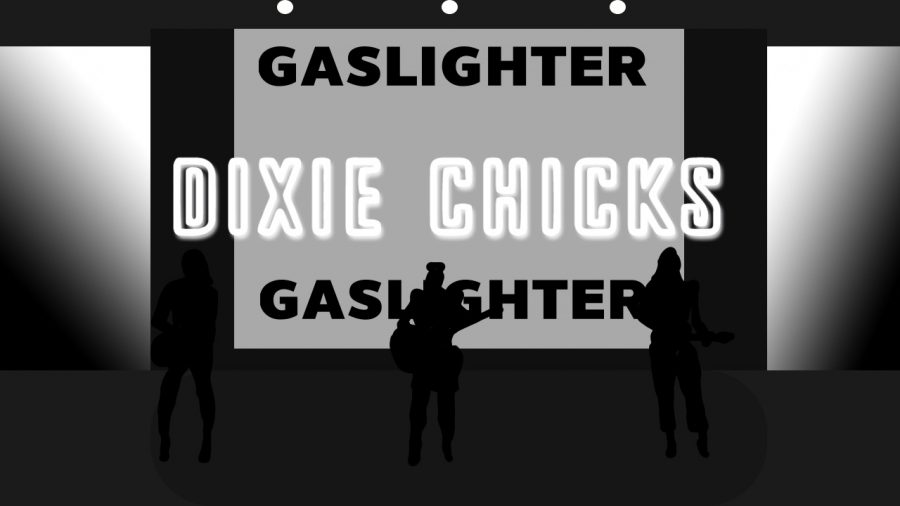What more can really be said about the Beatles’ music in 500 words? In an unbelievably productive period that in actuality lasted only a little over half a decade, the band delivered thirteen albums, many of which have gone on to define rock music like few others after them. By way of being the best-promoted pop group of all time, the Beatles’ albums became cultural staples, archetypes (the sprawling, deliberately overindulgent double album is often called someone’s White Album, for example), and a fascinating study in how to keep a brand alive for 40 years. In the last decade alone the Beatles has reemerged and turned profits by way of a new greatest hits compilation, a Las Vegas show with an accompanying remix album, a musical film, Paul McCartney not being dead, and now two box sets consisting of reissues of the band’s entire back catalogue.
These two sets of Beatles remasters – the Stereo Box (which includes everything) and The Beatles In Mono (which does not include the stereo-only albums Abbey Road, Let It Be, and Yellow Submarine) – take some of the best-recorded music of the 20th century and makes it sound eye-openingly better. The former CD issues, released in 1987, have a number of problems, ranging from strangely-assembled mixes, complete with parts played at incorrect speeds, to their generally flat sound. Most importantly, these do not offer these albums’ mono mixes, which are what both the band and longtime producer George Martin actually worked on. Instead, they only featured the stereo mixes, which are hard-panned, leaving instruments dramatically (and infuriatingly) split between audio channels (the drums and bass in the left, guitars in the right, for example). They were hastily designed, with minimal liner notes and almost no bonus material, and they don’t sound anywhere near as good as the vinyl masters that preceded them, prompting lengthy discussions on how one could best restore the Beatles’ back catalogue if they themselves weren’t going to do it.
The remasters take care of all of these problems. Every album through The Beatles is now available with a remaster of both its mono and stereo mix, and the albums in mono do away with the hard-panned production. Each is packaged in a recreation of its original LP sleeve, down to the cutouts included with Sergeant Pepper’s Lonely Hearts Club Band. Soundwise, these remasters turn up the volume considerably on the tracks across the board, but nothing sounds compressed or clipped; instead, it makes instruments previously inaudible or flat-sounding jump out of the mix. Most notably, this gives new life to Paul McCartney and Ringo Starr’s parts, which have never seemed so prominent as they do here. As suspicious as this is, given that they are this band’s survivors, it really is a delight to hear.
That leaves us with the music. These remasters’ greatest strength is in their ability to take 40-year-old pop deeply ingrained in Western pop culture and turn hearing it again into an epiphanic experience. If nothing else, at least listen to the restored Abbey Road, perhaps the most dramatically different album included in the stereo remasters. There are synthesizers all over it that were more or less completely inaudible on the album’s original CD mix, and there’s something astounding about hearing them for the first time. While I’ll never truly understand the Beatles, I can at least concede that this is absolutely how reissues should be done, and that the band being reissued wrote some pretty neat songs a world away from me.





